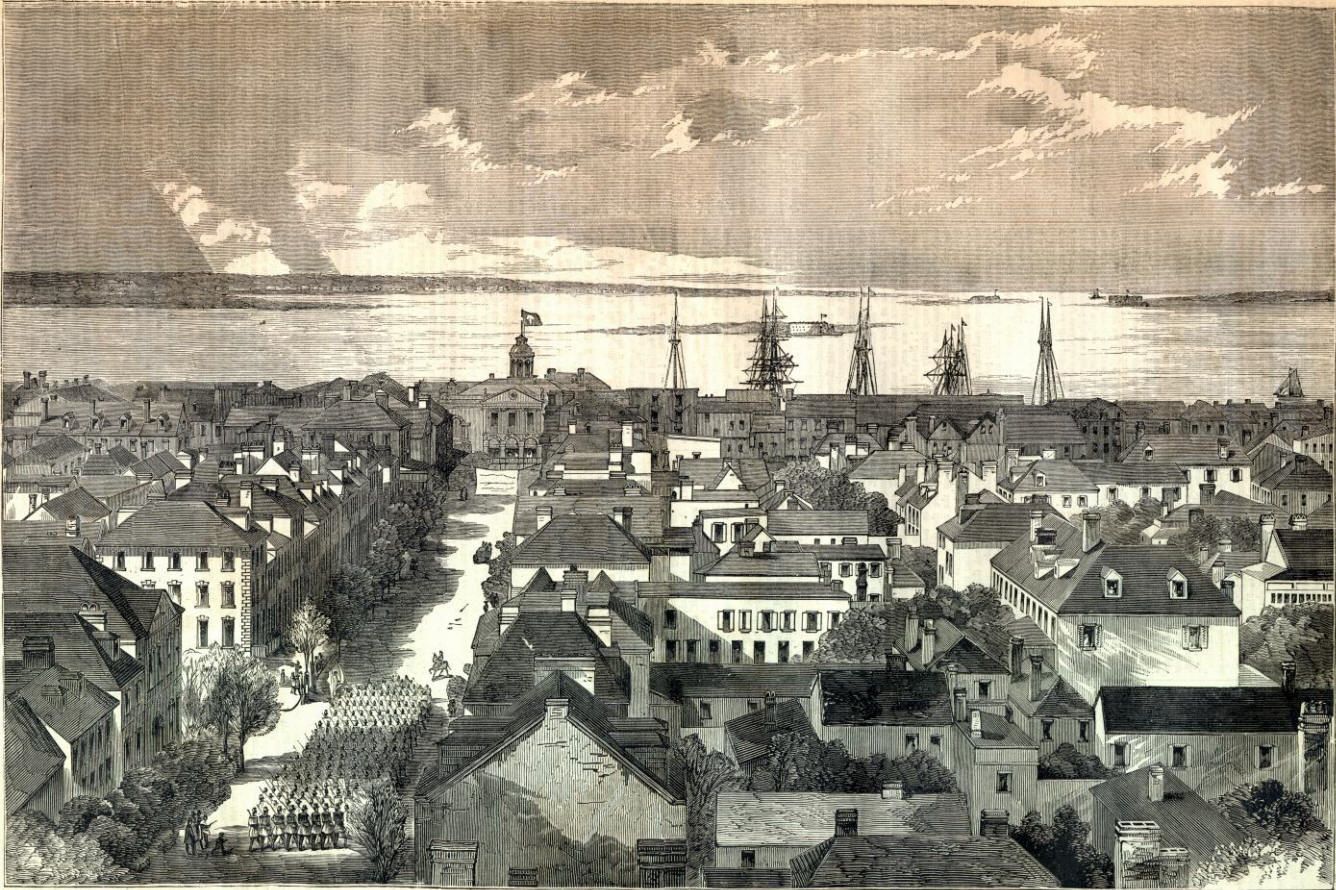In the darkness of early morning and under the cover of a midwinter haze in the Southern port city of Charleston, South Carolina, the Confederate Navy makes a surprise attack upon the federal blockade that has shut down commercial activity in the city.
Firing upon and ramming unprepared Union vessels, Confederate gunboats Chicora and Palmetto State sink or damage six Union ships before withdrawing, unscathed, back to the city during the late morning hours. Although Confederate commanders declare upon retreat that their attack has lifted the blockade, by evening numerous enemy ships are spotted off the coast.
While victory goes to the Confederacy today, the South’s navy is woefully smaller than that of the North, and the Union blockade remains. Three days afterwards, the “Abolition fleet” (in the words of a Confederate reporter) bombards nearby Fort McAllister, a reminder of the resilience and numerical superiority of federal naval forces.
Meanwhile, in this city that lies at the heart of the Confederacy, the war over African slavery is taking a toll upon the peculiar institution. In the wake of the Emancipation Proclamation, free blacks, of which there are a growing number along the South Carolina coast, are increasingly emboldened. Recognizing the limits of their liberty, many channel their freedom in a way that seems innocent enough in the slave-based South, yet is dramatically empowering to the black race: they join together to establish churches, often in the form of Baptist congregations.
Perhaps the first free African Baptist congregation to arise in South Carolina (apart from Union-controlled areas) is the St. Andrew’s Baptist Church of Charleston, later renamed the Springfield Baptist Church, comprised of Africans freed from plantations (one of which is named the Springfield Plantation) along Ashley River Road.
The establishment of the Springfield congregation and subsequent churches in the midst of the war helps Southern blacks transition from slavery to freedom. Following the war, the congregation obtains land and constructs a meeting house.
The church remains to this day.
Sources: “Important Rebel Reports from Charleston,” New York Times, February 5, 1863 (link); “Springfield Baptist Church” (link) and (link)



